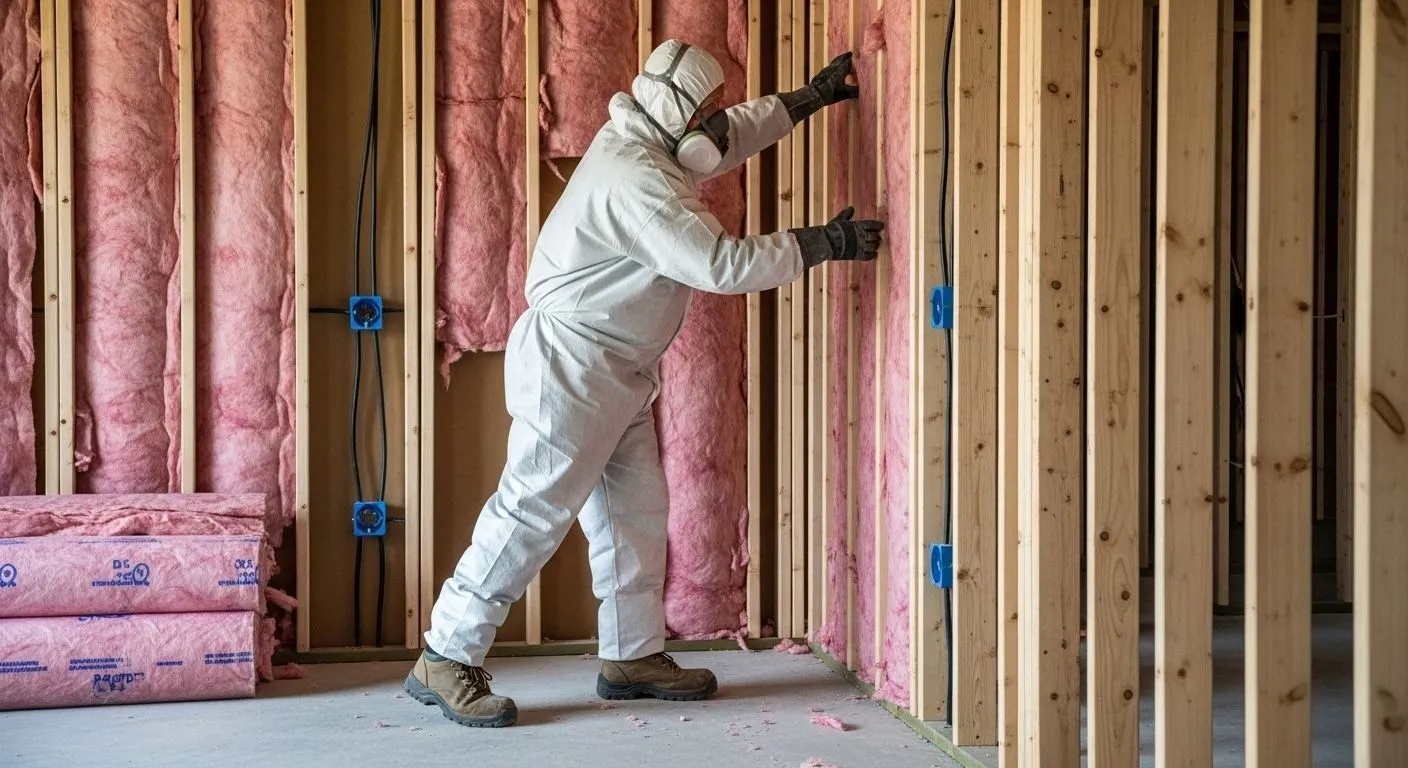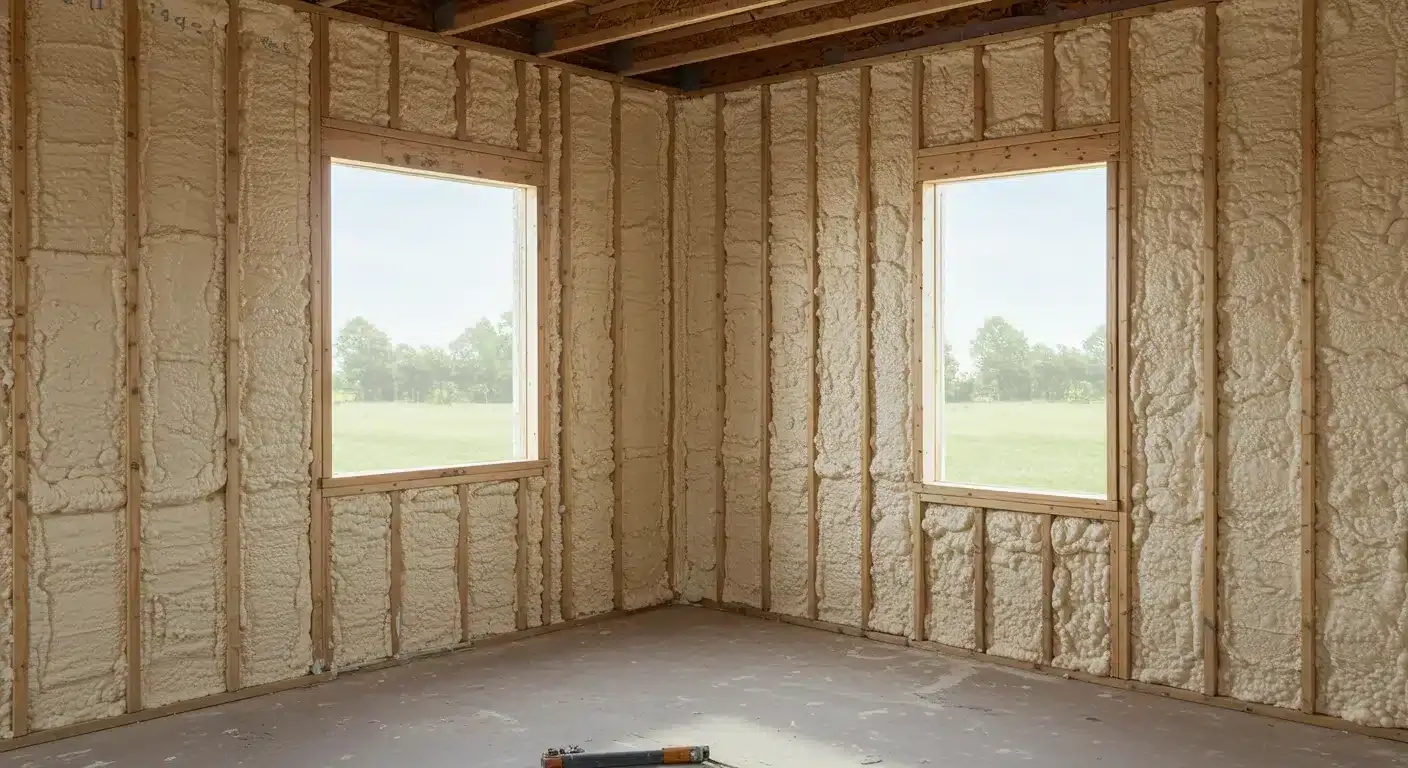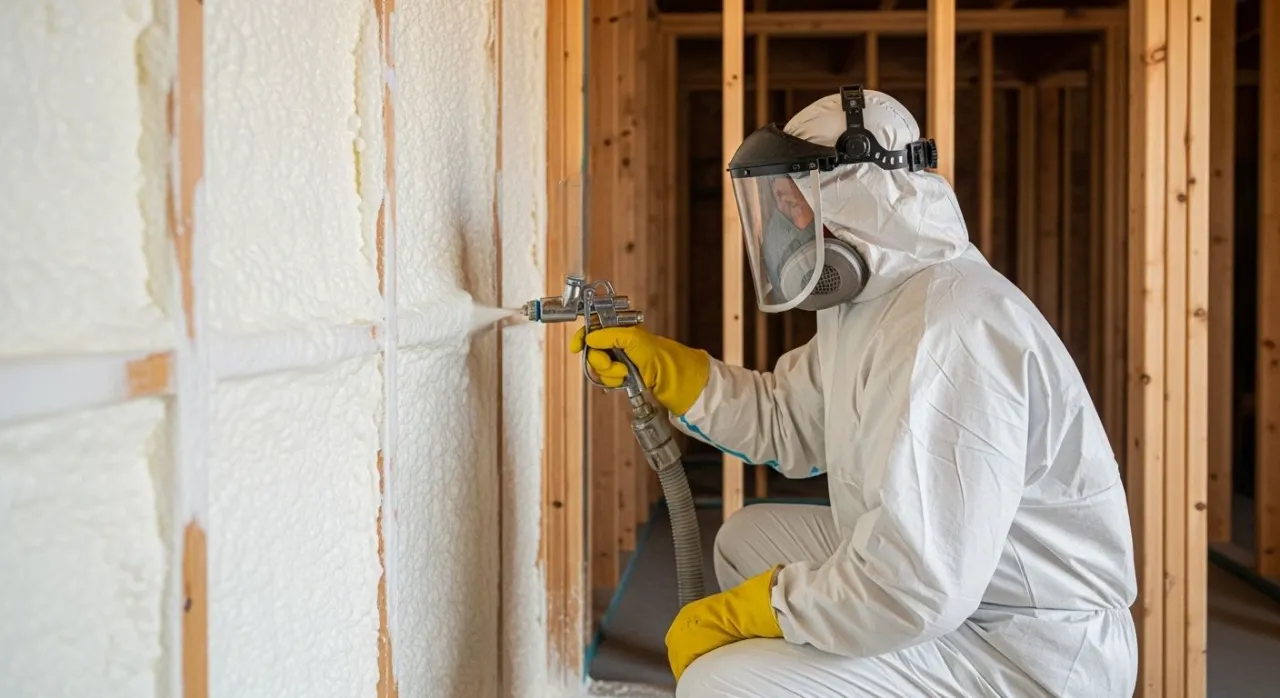
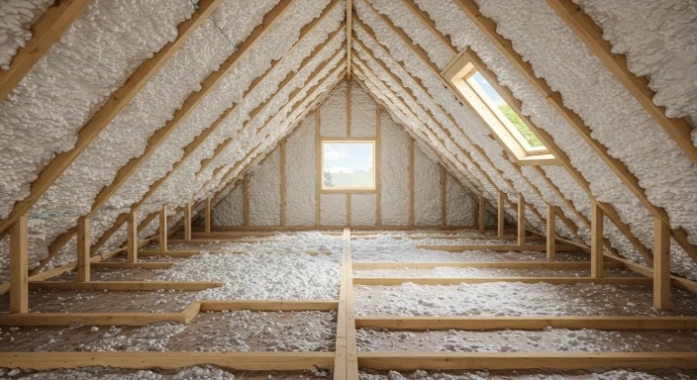
Poor attic insulation creates significant risks for Mercer Island homes, including structural damage from ice dams, moisture problems leading to mold growth, and energy costs that can increase by 25-40% annually. Inadequate insulation allows heated air to escape through the roof, causing snow to melt and refreeze at gutters, potentially damaging roofing materials and creating water infiltration pathways.
Pacific Northwest homes face unique challenges due to the region’s wet winters and temperature fluctuations. Proper attic insulation serves as the primary barrier against heat loss, moisture accumulation, and the formation of ice dams that can cause thousands of dollars in damage. This comprehensive analysis examines the specific risks inadequate attic insulation poses to Mercer Island properties and provides actionable solutions based on decades of regional insulation experience.
Mercer Island’s climate zone requires specific insulation R-values to maintain energy efficiency and prevent structural issues. The Department of Energy recommends R-38 to R-60 for attics in this region, depending on the heating system and home construction.
| Insulation Type | R-Value per Inch | Recommended Thickness | Moisture Resistance | Lifespan |
|---|---|---|---|---|
| Open-Cell Spray Foam | R-3.5 | 11-17 inches | Good with vapor barrier | 20+ years |
| Closed-Cell Spray Foam | R-6.0 | 6-10 inches | Excellent | 20+ years |
| Fiberglass Batts | R-3.2 | 12-19 inches | Poor | 15-20 years |
| Blown-In Cellulose | R-3.8 | 10-16 inches | Fair | 20-30 years |
Bonus Tip: Check insulation depth with a ruler in multiple attic locations. Uneven coverage often indicates settling or installation problems that compromise thermal performance.
Heat escaping through inadequate attic insulation creates temperature differentials that stress roofing systems. When warm air reaches the roof deck, it melts snow that refreezes at the cooler eaves, forming ice dams. According to the Insurance Information Institute, ice dam damage affects approximately 5% of homes annually in the Pacific Northwest, with average repair costs exceeding $5,000 per incident.
The freeze-thaw cycle expands and contracts roofing materials, loosening shingles and creating entry points for water. Over time, this process degrades roof membranes and can compromise structural integrity. Mercer Island’s proximity to Lake Washington creates additional moisture challenges, as humid air infiltrates poorly sealed attic spaces.
Poor attic insulation allows warm, humid indoor air to contact cold surfaces, creating condensation that promotes mold growth. The Washington State Department of Health reports that 30% of indoor air quality problems stem from moisture issues related to inadequate insulation and air sealing.
Condensation in attic spaces can damage wooden structural elements, reduce insulation effectiveness, and create health hazards for occupants. Mold spores circulate through HVAC systems, affecting respiratory health and requiring expensive remediation.
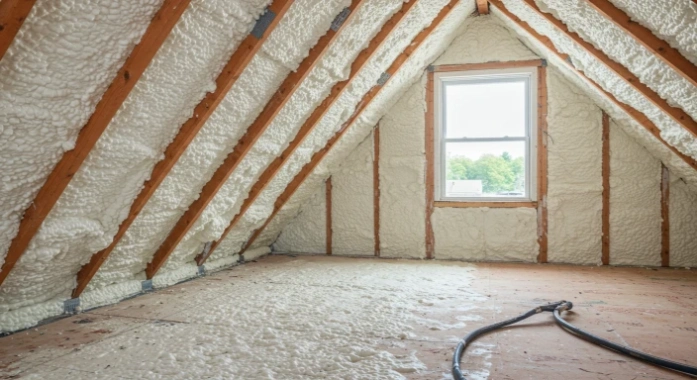
Evaluate existing insulation type, depth, and condition before selecting replacement materials. Different insulation types require specific installation techniques and may need vapor barriers depending on climate conditions. Check for air leaks around penetrations, as sealing these gaps provides significant energy savings independent of insulation depth.
Consider HVAC system efficiency and ductwork location when planning insulation upgrades. Ducts in unconditioned attic spaces lose substantial energy, making insulation improvements even more critical. Professional energy audits identify specific problem areas and quantify potential savings from various improvement strategies.
Access requirements and attic configuration affect installation methods and material choices. Low-clearance areas may require blown-in materials rather than batts, while complex roof lines need careful attention to maintain consistent coverage.
Cascadia Spray Foam of Seattle provides comprehensive attic insulation services designed for Pacific Northwest conditions:
Check for uneven heating in rooms, ice dams during winter, or visible insulation that appears compressed or discolored. Energy bills that increase without usage changes also indicate insulation problems.
Moisture infiltration, pest activity, and air movement through unsealed gaps reduce insulation effectiveness. Poor initial installation and using inappropriate materials for local climate conditions accelerate deterioration.
This depends on the existing insulation type and condition. Wet or moldy insulation must be removed, while some materials can be supplemented if properly prepared and compatible.
Bonus Tip: Use a flashlight to inspect attic insulation annually. Look for dark spots indicating air leaks, compressed areas showing settling, and any signs of moisture or pest activity.
Addressing inadequate attic insulation protects your investment while improving comfort and reducing energy costs. Professional assessment identifies specific problem areas and recommends appropriate solutions for your home’s unique requirements. Acting quickly prevents progressive damage from moisture infiltration and thermal stress that compounds over time.
Consider seasonal timing for insulation projects, as dry weather provides optimal installation conditions and immediate benefits before the next heating season. Quality insulation upgrades provide decades of performance while protecting structural integrity and indoor air quality.
Don’t let poor attic insulation compromise your home’s structural integrity and energy efficiency. Professional evaluation identifies specific problems and provides targeted solutions that protect your investment. Experienced insulation contractors understand regional climate challenges and building codes that affect long-term performance.
Contact Cascadia Spray Foam of Seattle at (425) 386-3500 or in[email protected] for comprehensive attic insulation assessment and solutions. Expert analysis ensures appropriate materials and installation techniques for lasting protection and energy savings.
Current energy codes require R-38 minimum, but R-49 to R-60 provides better long-term performance and energy savings in this climate zone.
Quality spray foam insulation maintains performance for over 20 years, while traditional materials may need replacement or supplementation within 15-20 years depending on conditions.
Proper insulation combined with adequate ventilation and air sealing prevents most ice dam formation, though extreme weather conditions may still cause minor issues.
Most Mercer Island homes see 20-35% reduction in heating costs after comprehensive attic insulation improvements, with payback periods typically under 8 years.
Most insulation upgrades don’t require permits, but structural modifications or electrical work related to installation may need approval from King County building departments.

